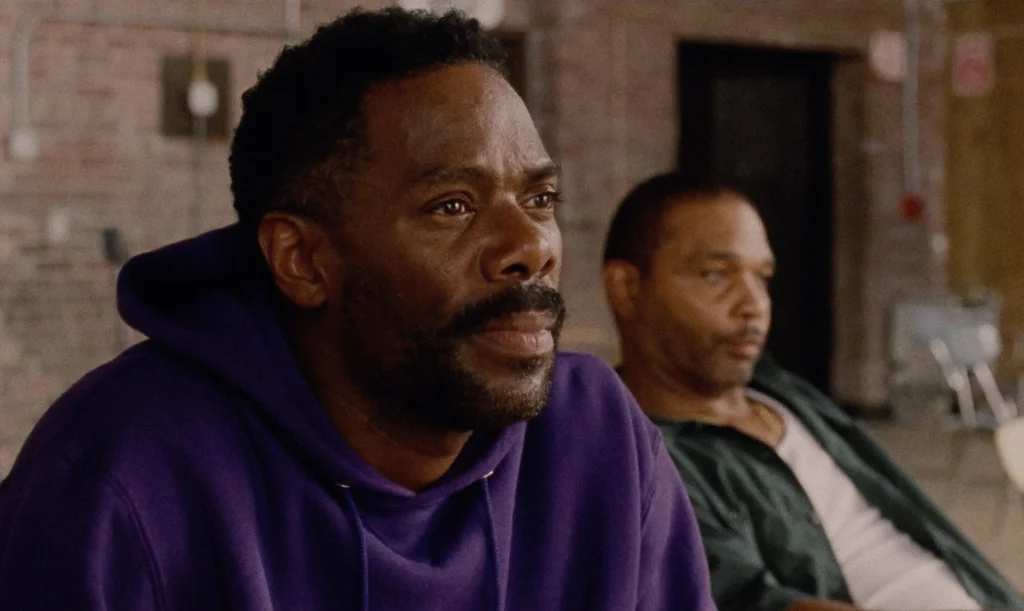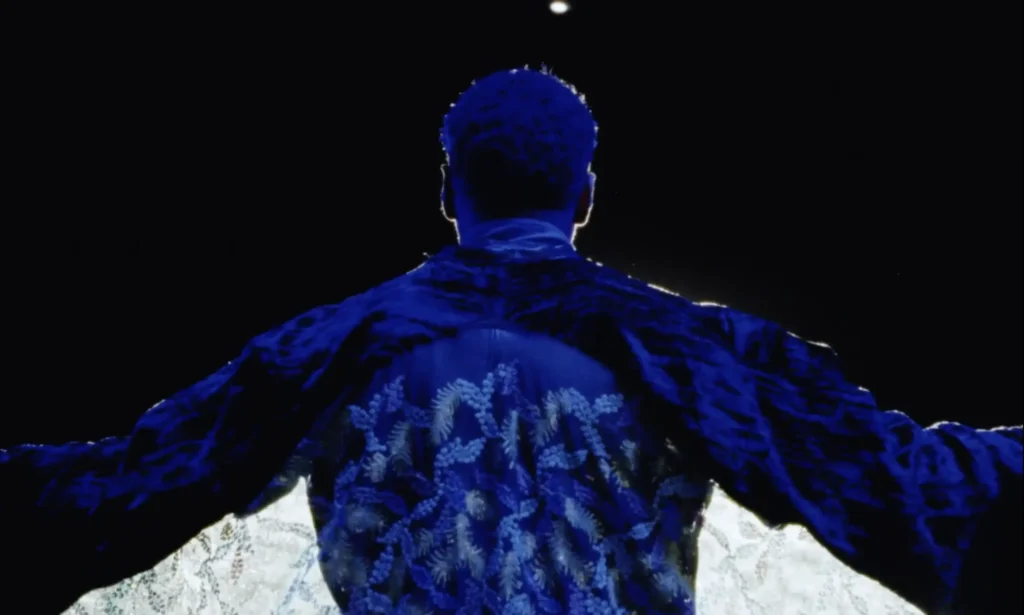‘Sing Sing’ Review: Not a Prison Film
Heartwarming, touching, and powerful, Sing Sing is a story about the power that art and companionship hold — told through a profound and meticulously crafted narrative that can make you burst out laughing or get you misty-eyed in the span…
Heartwarming, touching, and powerful, Sing Sing is a story about the power that art and companionship hold — told through a profound and meticulously crafted narrative that can make you burst out laughing or get you misty-eyed in the span of minutes. The film is also a strikingly relevant, thought-provoking look and commentary on the U.S. prison system. It’s been seven long years for us to finally have a chance to view director Greg Kwedar’s second feature film project, and it is absolutely masterful.

Sing Sing is the true story of the Rehabilitation Through the Arts (RTA) program, a program that seeks to use the transformative power of art to build a community that helps individuals who are incarcerated get in touch with themselves and find an escape in confinement.
The goal of the RTA program is to reform parts of the severely flawed prison system by treating incarcerated people humanely, rather than punish them. The recidivism rate in the United States is at an appallingly high 60%, however the RTA boasts a recidivism rate at a shocking 3% among their alumni. Sing Sing wants to highlight that the RTA program works.
The film is led by Colman Domingo as John “Divine G” Whitfield and supported almost entirely by an ensemble cast of men who were formerly incarcerated and RTA alumni. I had no idea about this fact until after the film ended and the credits rolled.
Throughout the film, I thought to myself multiple times, this acting is phenomenal, why haven’t I seen this guy in anything else? Every single performance from each of these men is outstanding, I’d have thought they were professionally trained actors, but then again their acting felt so real and raw because they experienced everything that was portrayed in the film.
Sing Sing follows a group of incarcerated men at the Sing Sing Maximum-Security Correctional Facility in Ossining, New York and their experiences working in a theatre group. These men are not newly incarcerated. They’ve all been here for a while, and that’s why the film hits so much harder.

These few months where they get to leave behind their daily monotonous lives and act and work in a production is a minor respite in most of these men’s lives against the years of incarceration they’ve faced and will continue to face.
The film opens on Divine G in a dark room, on a stage, silhouetted and bathed in bright stage lights. This man isn’t a prisoner at all. In this moment, he is free. As free as you or me or anyone else outside of those walls at Sing Sing. This man isn’t a prisoner.

Domingo’s performance as Divine G feels so natural and raw. You can tell he worked closely with the real Whitfield to really get down his quirks and personality, but also took creative steps and injected his own interpretations into the character to bring him to life in the film.

After the immediately iconic opening scene, the film follows Divine G as he meets our deuteragonist, Clarence “Divine Eye” Maclin (played by himself). The two Divines couldn’t be more different at first. G, easy-going, pleasant, friendly; and Eye, one of the most violent men at Sing Sing. We first see Divine Eye extorting money from another incarcerated man before G invites him to the next RTA meeting.
Throughout the film, we see Divine Eye learn how to be more vulnerable and allow himself to open up to the other members of the group. This is what the RTA does and what the film is trying to portray. The RTA allows these people to get in touch with themselves and their peers as a healing experience. It provides more rehabilitation than a monotonous prison life could ever give.

Divine Eye has an unrealized passion for acting and the arts. His potential was going wasted when he was out on the streets, gangbanging, but being rehabilitated through the arts genuinely saved him. Today, the real-life Maclin wants to pursue professional acting, and if his performance in Sing Sing is anything to go off of, I think he’s gonna make a fantastic actor.
Since its inception, the United States prison system has been plagued with issues and in recent years, they have culminated at its apex. Systemic racism and classism plays a major role in incarcerated populations. Recidivism, overcrowding, for-profit private prisons, inhumane conditions, etc. are all extremely harmful issues. Sing Sing is calling attention to these problems and promoting a better solution to rehabilitation.

Sing Sing is a poignant ode to the transformative, rehabilitating power that art can have inside the prison system. Not a prison movie, Kwedar’s film is an intimate and incredibly human look at perseverance in the face of adversity and finding oneself through art and community.
Greg Kwedar’s Sing Sing starring Colman Domingo and Clarence Maclin premiered at the 2023 Toronto International Film Festival and is slated for a July 2024 release by A24.
If you liked this article, please be sure to check out some of our other articles and reviews here at Feature First. Thanks for reading!












